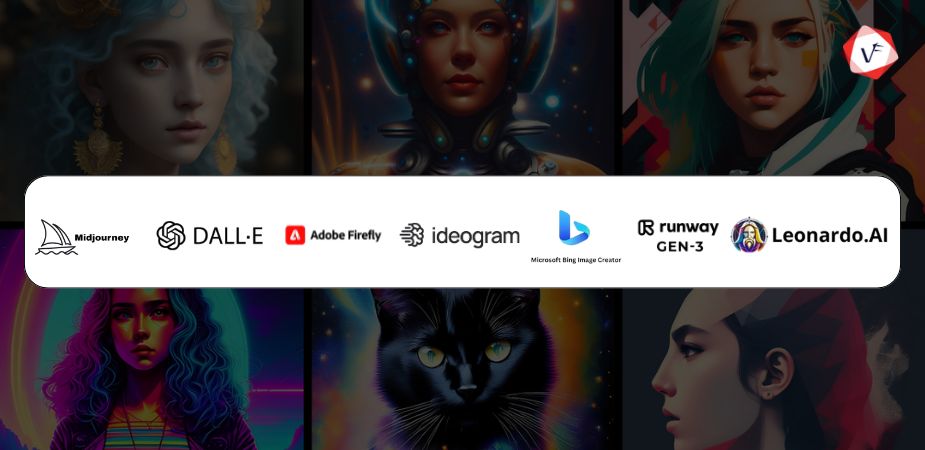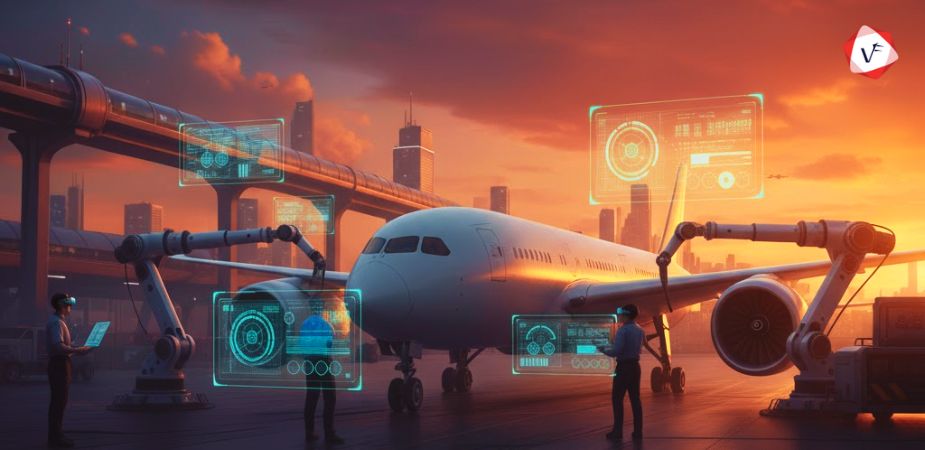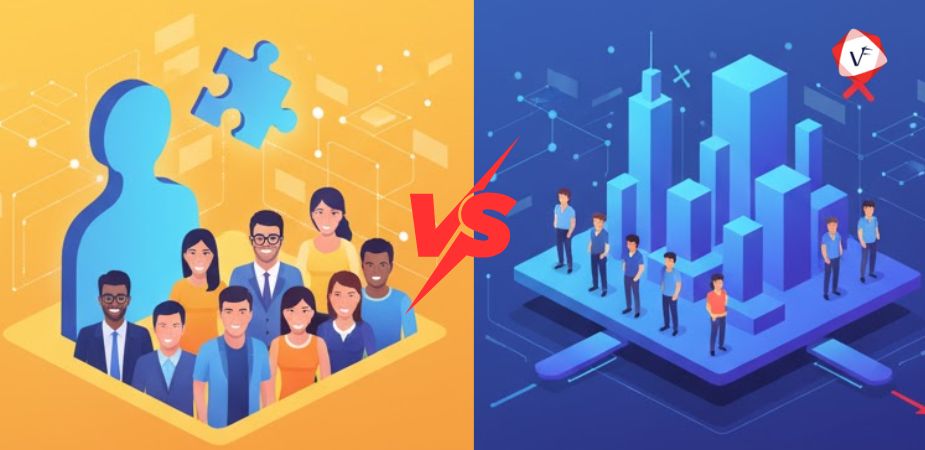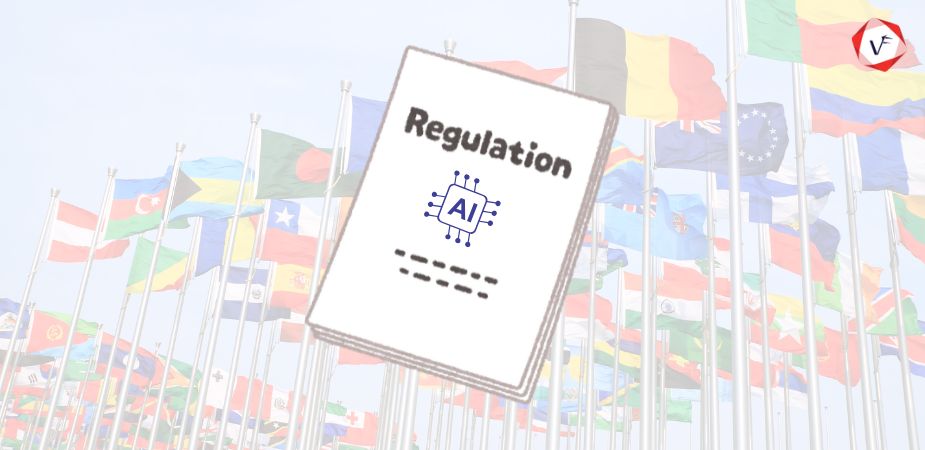IBM I Migration Or Modernization: What Suits Your Business Needs?
To keep up with the changing business needs, you need to migrate or modernize your system so that you can increase your business efficiency. This can provide an intuitive and user-friendly interface, so your system will be able to function without any interruption. By considering the cost factor and basic requirements, you can evaluate whether your IBM i system needs migration or modernization.
IBM I Migration Or Modernization: Costs
What criteria do you use to select a new platform? What is the best strategy for migrating from IBM I to a new platform? What will be the cost of the shift, and how long will it take? Whether it is more effective to modernize your IBM I applications?
Migration and modernization efforts might be costly. Make sure you know what’s causing the issues so you can repair the genuine issue.
Analysis And Assessment
Application development and maintenance must be driven by business requirements. In a fast-paced economy, companies need applications that can be developed and/or altered easily and quickly. To accommodate change and regular deployment into production, development techniques must be agile. Becoming more agile may put long-standing development methods and the change will likely include cooperation, coaching, and maybe mind-shifting training. If you’re considering migrating away from IBM i, wait until you’ve finished a detailed research and cost estimation for the migration project before making a final decision. To ensure that you can estimate a cost for each component of the migration process, you’ll require a virtual walkthrough.
Consider The Following Evaluation Questions:
- What if you don’t have access to the source code of the app?
- Is the application able to meet the needs of the company?
- Is there a way to upgrade at a reasonable price?
- How do you incorporate business features?
- How do you keep the application up-to-date?
- Is it possible to modernize the applications without modifying the source code?
- Is it feasible to rebuild the app by replacing its functions and features?
Determine how each application contributes to the overall operation of the firm and map the apps to the company’s goals. If the information recommends modernization of your system, then you can go as such to achieve a quick return on investment (ROI).
You have to modernize apps, or parts of applications, in order to make business operations easier and more efficient. It is not necessary to modernize every screen in every app. Make an informed decision about your modernization approach. Incorporating a modern user interface is excellent, but exposing application functionalities as APIs allows other apps to access them in the future, allowing for greater flexibility, agility, and integration.
Application Inventory
Compile a list of applications and analyze the usefulness and difficulty of each before starting IBM i migration or IBM i modernization of a project. The list should contain the below components:
-
Applications:
The name or identifier of the application.
-
Core Business:
The essential business operations are supported by core business apps that provide a competitive edge.
-
Business Value:
Assign a value to how important the app is to the company’s operations. High-value apps are those that the firm cannot function without.
-
Complexity:
Identifying the application’s complexity might help you decide whether to migrate or upgrade the app. Understanding logic and business rule equivalence in a replacement app without the source code for the new application is nearly impossible when considering a migration. It will be difficult to break up the logic and business rules into microservices when contemplating modernizing the present software.
-
Priority:
Assign a priority to each application to determine the order in which they work to migrate or modernize the application will be completed. You’re ready to evaluate the expenses of modernization and migration of the existing applications after you’ve completed an inventory analysis.
Cost Comparison (IBM I Migration Vs Modernization)
In deciding whether to migrate or modernize, it’s important to compare expenses and determine the total cost of ownership. To calculate the true cost of the decision, the comparison must include both tangible and intangible costs.
The Difference Between IBM I Migration And Modernization
When it comes to choosing IBI i Migration or Modernization, you must know its core differences. Application migration is defined as either the replacement of current applications on a new platform or moving current apps to a new platform. IBM i application modernization is defined as modifying and enhancing existing applications while the apps are still running on IBM i servers.
Migration Costs
Keeping track of all migration expenditures might help you avoid unpleasant surprises during and after the migration. Careless, best-guess estimates may leave you vulnerable in the middle of a project when the cost of completing the migration keeps rising and there’s no way back.
Following are some cost factors you need to consider:
| Cost Factor | Costs to Estimate |
|---|---|
| Business Users |
|
| Infrastructure |
|
| IT Training |
|
| Migration Failure |
|
| Move Applications |
|
| Replace Applications |
|
| Transition |
|
Modernization Costs
Transforming current displays into pages using HTML, CSS, and JavaScript, or redesigning business operations and changing business functionality into APIs, are two extremes of upgrading in place. You can make the APIs available to other apps and/or create a user interface that interacts with APIs. Converting current displays will make the app look more modern, but revamping business processes will lead to increased productivity and measurable ROI. The cost difference will be significant. Your goal for modernization and your budget will determine whether you choose one extreme or a combination of them.
Following are some cost factors you need to consider:
| Cost Factor | Costs to Estimate |
|---|---|
| Business Users |
|
| Infrastructure |
|
| IT Training |
|
| Modernization Failure |
|
| Modernization Tools |
|
| Modernize Application |
|
| Transition |
|
Modernization Is A Continuous Process, Not A One-Time Fix.
Companies provide services and products to end-users. Through innovation, you can streamline your business process and make a profit. Applications support products and services by providing data management services, and continuing application modernization works hand-in-hand with business innovation.
Read more: Tools for Modernising IBM i Applications
Hope you got a clear idea from this comparison of IBM i Migration vs Modernization. Now, it is your turn to choose the best option that suits your business needs.





